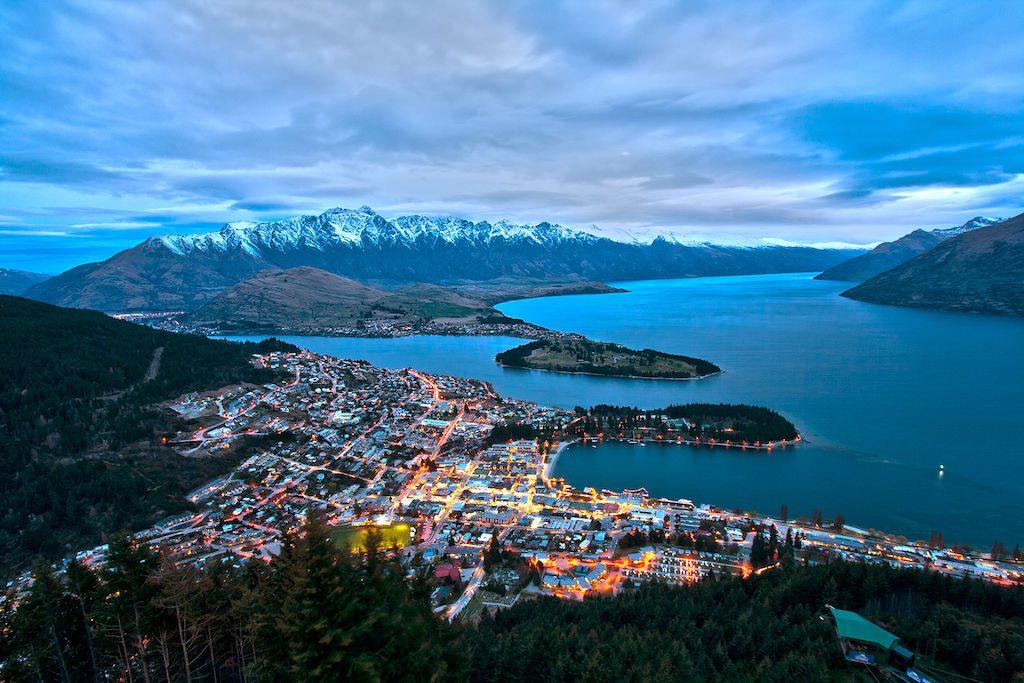Skift Take
Second waves of coronavirus will continue to dictate the staggered hotel recovery across the Asia-Pacific region. But the return of group business travel, even in a region that doesn't depend on it, will govern when pricing goes back to 2019 levels.
The ongoing correlation between the hotel industry’s recovery in China and the U.S. is showing early signs of a break.
Hotel industry analysts and executives had, until recently, pegged China and the U.S. — countries with strong domestic traveler bases — to lead the world in a travel industry recovery from coronavirus. Rising coronavirus case counts in the U.S., however, ended an 11-week streak of occupancy gains the week of the American July 4th holiday, while demand continued to throttle forward in China and other parts of the Asia-Pacific region.
But higher occupancy doesn’t mean these stronger performing countries aren’t without their own travel demand headwinds.
“Demand is not everything,” said Jesper Palmqvist, the Asia-Pacific area director for STR. “You get some occupancy, but then you have to fight to get other things back up.”
Demand rebounds are happening significantly faster than returns to 2019 levels of daily rates and revenue across Asia. Markets like Mainland China, Tokyo, and Bangkok are expected to see some degree of a short-term demand recovery in a matter of five to eight months, according to STR. Reviving the kind of average daily rates seen last year is a different story.
High average daily rates are typically tied to large-scale


